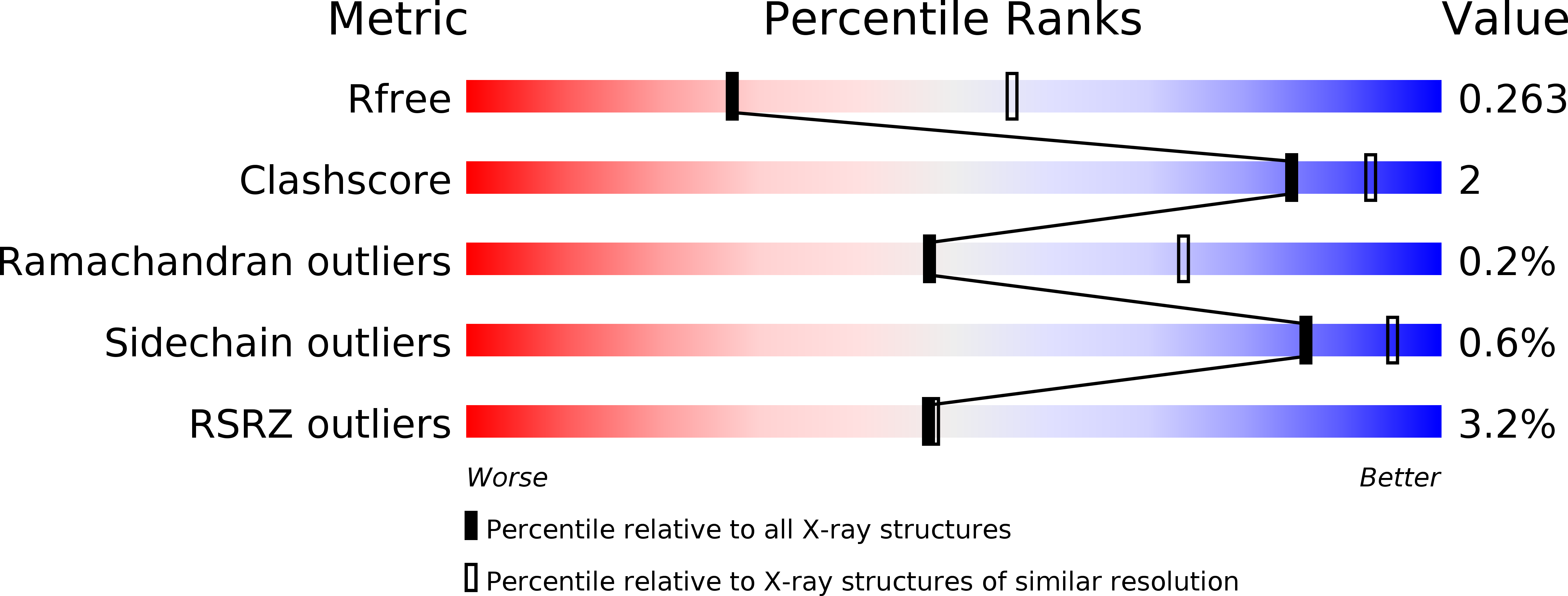
Deposition Date
2015-02-25
Release Date
2015-09-23
Last Version Date
2024-02-28
Method Details:
Experimental Method:
Resolution:
2.70 Å
R-Value Free:
0.26
R-Value Work:
0.21
R-Value Observed:
0.21
Space Group:
P 1 21 1


